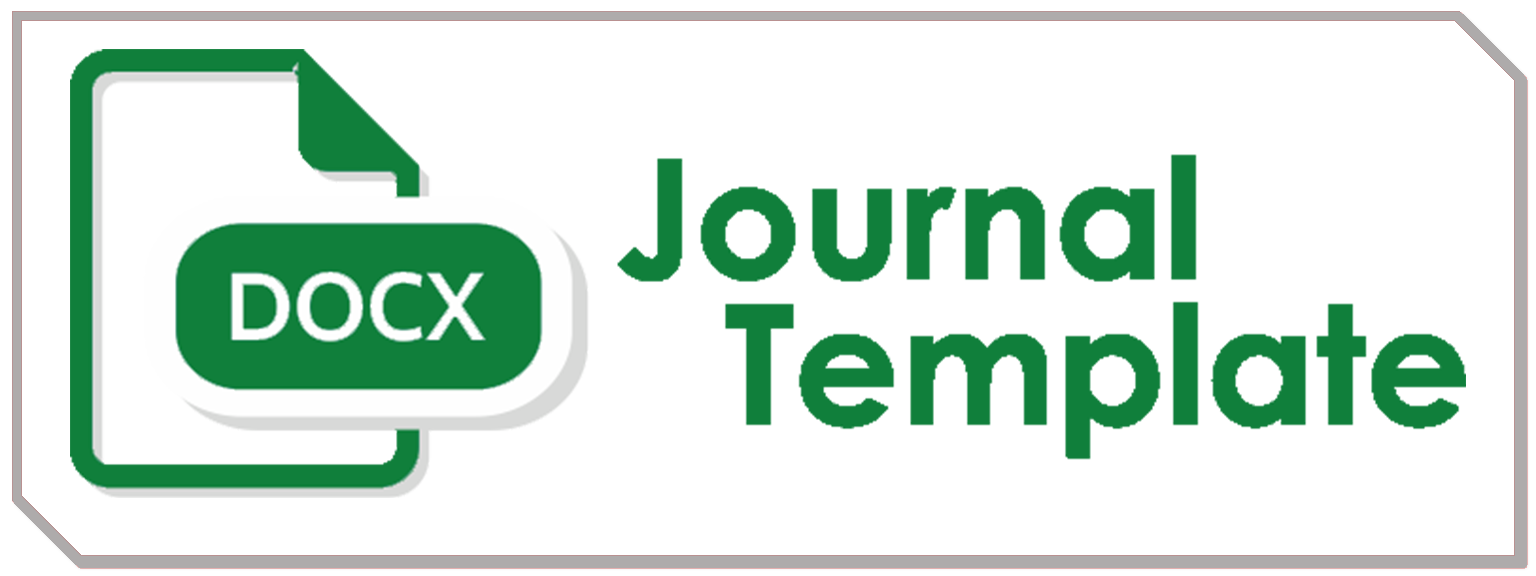Ruang Lingkup Asset And Liabillity Management (ALMA)
DOI:
https://doi.org/10.5281/zenodo.10775816Keywords:
Scope, Asset and Liability ManagementAbstract
An asset management system cannot do without liability management. These two systems are like two sides of a coin, connected to each other. The reason is that most sources of bank assets are obtained from deposits, even though the bank has its own capital, its liabilities are more profitable than its own capital. Therefore, the development of assets is influenced by the increase in liabilities. Judging from the composition of the bank's balance sheet, the left side is the assets owned, and the right side is the liabilities to stakeholders. To balance these two aspects, banks need an effective and efficient management system. Therefore, banks implement ALMA (Asset Liability Management). This writing uses a type/approach method in the form of library research. ALMA is a series of actions and procedures designed to control financial positions. Asset and Liability Management is also to manage risks that may arise in daily business activities which are then specifically designed so that they can optimize income while limiting asset and liability risks by complying with monetary policy and bank supervision. The implementation of asset and liability management in banking institutions, both Islamic and conventional banks, must go through the stages of budget assessment, making income plans, assessing past investment performance, monitoring the distribution of bank assets and liabilities and implementing asset and liability strategies.
An asset management system cannot do without liability management. These two systems are like two sides of a coin, connected to each other. The reason is that most sources of bank assets are obtained from deposits, even though the bank has its own capital, its liabilities are more profitable than its own capital. Therefore, the development of assets is influenced by the increase in liabilities. Judging from the composition of the bank's balance sheet, the left side is the assets owned, and the right side is the liabilities to stakeholders. To balance these two aspects, banks need an effective and efficient management system. Therefore, banks implement ALMA (Asset Liability Management). This writing uses a type/approach method in the form of library research. ALMA is a series of actions and procedures designed to control financial positions. Asset and Liability Management is also to manage risks that may arise in daily business activities which are then specifically designed so that they can optimize income while limiting asset and liability risks by complying with monetary policy and bank supervision. The implementation of asset and liability management in banking institutions, both Islamic and conventional banks, must go through the stages of budget assessment, making income plans, assessing past investment performance, monitoring the distribution of bank assets and liabilities and implementing asset and liability strategies.
Downloads
References
Antonio Muhammad Syafi’i, Bank Syariah: dari Teori dan Praktek, (Jakarta: Gema Insani Pers, 2001)
Arsip Bank Pembiayaan Rakyat Syariah Bandar Lampung Tentang, Indikator Perhitungan Tingkat Kesehatan BPRS.
Darmawi Herman, Manajemen Perbankan, (Jakarta: PT. Bumi Aksara, 2012)
Darsono, Manajemen Keuangan Pendekatan Praktis Kajian Pengambilan Keputusan Bisnis Berbasis Analisis Keuangan, (Jakarta:Penerbit DIANDIT Media, 2006)
Darwis. 2019. Manejemen Aset dan Liabilitas, (Yogyakarta: Trust Media Publishing).
Djamil, N. (2023). Trading in Influence: Modus Baru dalam Korupsi Indonesia Tahun 2022 dan Paradoks Kriminalisasi . JAAMTER : Jurnal Audit Akuntansi Manajemen Terintegrasi, 1(4), 294–304. https://doi.org/10.5281/zenodo.10494654
Djamil, N., & Anggraini, M. (2023). Suppressing the Level of Corruption in Kampar District: A Study of The Impact of Accountability, Audit Opinions, Publication of Financial Statements, Audit Results And Follow-Up Of Audit Results. InJEBA : International Journal of Economics, Business and Accounting, 1(1), 11–25. https://doi.org/10.5281/zenodo.10538909
Dokumentasi Bank Pembiayaan Rakyat Syariah Bandar Lampung Tahun 2016, Tentang Selayang Pandang BPRS Bandar Lampung.
http/www.banksyariahbandarlampung.co.id./sejarah. dikutip pada 4/3/2017 jam 9.30 wib
http/www.bi.go.id/publikasi/laporan-keuangan/bank/bpr-syariah/default.aspx dikutip pada 2/17/2017, 20.15 wib.
Kasmir, Manajemen Perbankan(Edisi Revisi), (Jakarta: Rajawali Pers 2012)
Mardalis. 1999. Metode Penelitian Suatu Pendekatan Proposal, (Jakarta: Bumi Aksara).
Margono, Metode Penelitian Pendidikan,( Jakarta:Rineka Cipta, 2014)
Melati Julia Roikhani, Nurnasrina dan Heri Sunandar. 2023. Analisis Kerangka Kerja Asset dan Liabillity Management (ALMA), Jurnal Astina Mandiri, Vol. 2, No. 2.
Muhammad Manajemen Dana Bank Syariah,(Jakarta: Rajawali Pers, 2014)
Muhammad Syafi’I Antonio. 2001. Bank Syariah: dari Teori dan Praktek, (Jakarta: Gema Insani Pers).
ojk.go.id/statistik perbankan syariah, dikutip pada 5/3/2017 jam 10.20 wib.
Penyusunan Kamus Besar Pusat Pembinaan dan Pengembangan Bahasa, Kamus Besar Bahasa Indonesia, (Jakarta:Gramedia Pustaka Utama, 2008)
Peraturan Bank Indonesia Nomor: 13/1/PBI/2011 Tentang Penilaian Tingkat Kesehatan Bank Umum, Pasal 1 ayat (4)
Radia Purbayati “Manajemen Aset Dan Liabilitas Bank Syariah”, Jurnal Ilmiah (Bandung, 2014)
Ridwan Nurdin & Muslina. 2016. Analisis Kesesuaian Aset and Liability Management (ALMA) dengan Sistem Perbankan Syari’ah, Media Syari’ah, Vol. 18, No. 2.
Rivai Veithzal, Andria Permata Veithzal, ferry n. Indroes, Bank And Financial Institution Management, (JakartaL: PT. Raja Grafindo,Persada, 2007)
Rustam Bambang Rianto Manaejemen Risiko Perbankan Syariah Indonesia, (Jakarta: Salemba Empat, 2013)
S Nasution, Metode Reaserch, (Jakarta: PT Bunga Aksara 1996)
Sjahdeni Remy Sutan, Perbankan Syariah, Produk-Produk dan Aspek-Aspek Hukumnya, (Jakarta: Prenadamedia Group, 2014) 103
Sugiyono, Metode Penelitian Bisnis, (Bandung: Alfabeta, 2013)
Sugiyono, Metode Penelitian Kuantitatif Kualitatif dan R&D, (Bandung: Alfabeta, 2011)
Supranto J, Metode Ramalan Kuantitatif Untuk Perencanaan Ekonomi dan Bisnis, (Jakarta: Rineka Cipta, 2000)
Sutrisno, Manajemen Keuangan Teori, Konsep dan Aplikasi, (Yogyakarta: EKONESIA, 2005)
Tika Moh Prabu, Metode Riset Bisnis, (Jakarta: Bumi Aksara, 2006)
Veithzal Rivai,dll. 2013. Commercial Bank Management Manajemen Perbankan dari Teori ke Praktik, (Jakarta: PT Rajagrafindo Persada).
Wahyudi Imam, et. al, Manajemen Risiko Bank Islam,(jakarta: Salemba Empat, 2013)
Wijaya Lukman Denda, Manajemen Perbankan, edisi keuda , (bogor: ghalia indonesia, 2003)
Downloads
Published
How to Cite
Issue
Section
License
Copyright (c) 2024 Dwitya Fitri Andina, Nurnasrina Nurnasrina, Syahfawi Syahfawi

This work is licensed under a Creative Commons Attribution-ShareAlike 4.0 International License.











